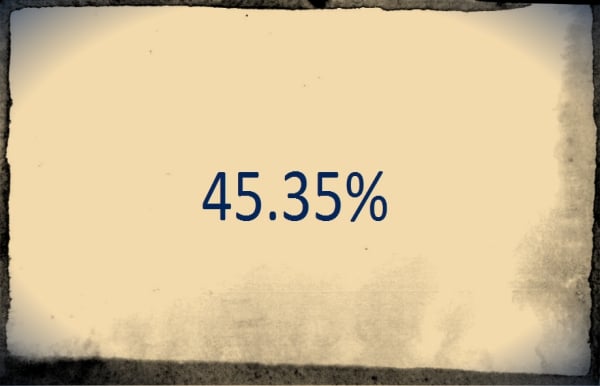
In January 2013, the Armenian government developed [AM] a new method to determine the internet penetration rate in Armenia. I contacted the Public Services Regulatory Commission (PSRC) and received the data collected with this new method.
“According to the Government of the Republic of Armenia’s 2013 method on Calculating the Number of Internet Users, the number of internet users, according to the proportion of the population, was 32% in 2011, 40.49% in 2012, and 45.35% in 2013,” was the Commission’s response.
The new method [AM], in fact, had a negative impact on the indicators of internet users in Armenia. According to other data provided by the PSRC, 60.6% of Armenia’s population used the internet in December 2011.
The numbers decreased, and it’s possible that playing a role in this is the new method, according which, for example, measured internet users between the ages of 15 to 74.
In order to understand the most recent figure (45.35% in 2013), let me state that this is not the amount of internet-connected devices (computers, tablets, smartphones, phones, iPods, and so on) in Armenia. It is the number of internet users, and it is calculated with the joint efforts of the National Statistical Service, Ministry of Transport and Communication, and the PSRC.
Without comment, let me cite some more data, which I received from the PSRC: In 2013, 45.2% (or 1,166,342 people) of people in Armenia connected to the internet with a broadband connection, which, according to the PSRC, includes mobile 3G technology.
This figure, however, measures the number of internet-connected devices not the number of internet users.
Gegham Vardanyan
The views expressed in the column are those of the author's and do not necessarily reflect the views of Media.am.


Add new comment
Comments by Media.am readers become public after moderation. We urge our readers not to leave anonymous comments. It’s always nice to know with whom one is speaking.
We do not publish comments that contain profanities, non-normative lexicon, personal attacks or threats. We do not publish comments that spread hate.